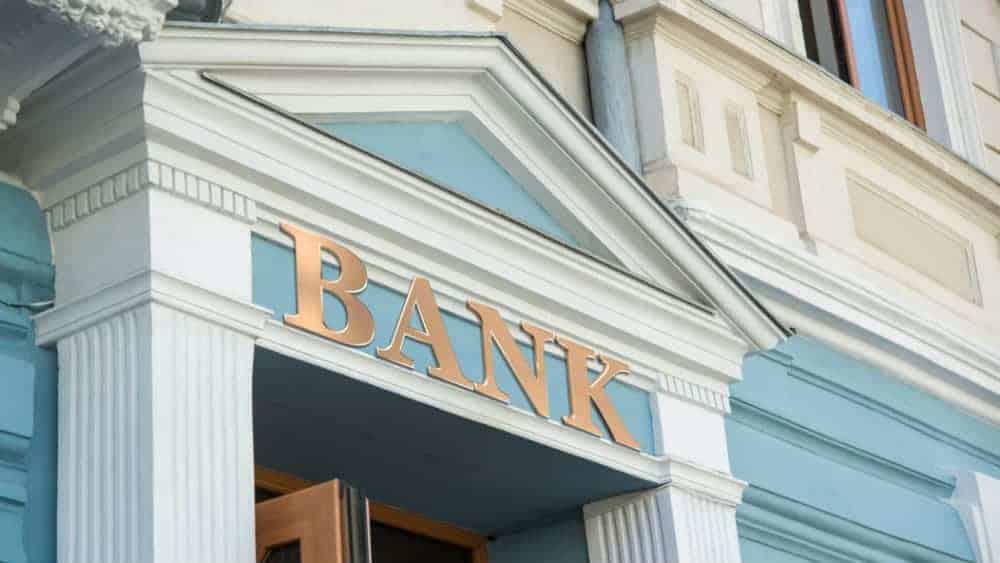A recent piece I wrote on the potential risk of dividend cuts by large Canadian banks was intended to be thought provoking. Laurentian Bank (TSX:LB) cut its dividend by 40% on May 29. This action broke an incredible streak of approximately 28 years without such a dividend cut. National Bank (TSX:NA) was the last Canadian Bank of meaningful size to cut a dividend in 1992.
Yes, Laurentian Bank is not a “Big Five” bank. The company ranks number seven right now in Canada. A big Canadian bank has never cut its dividend before. Therefore, perhaps the associated shock to investors is more muted right now, and rightfully so. Canada’s large financial institutions remain well capitalized in relation to other large European or American banks, after all.
There are a few reasons I think Canadian investors ought to factor in additional potential dividend cuts into Canadian financials. This is at least as a risk factor for now.
Economic data is not encouraging
Canada’s Big Five banks are reliant on a strong Canadian economy to continue to provide substantial returns for investors over time. Canadian financials have produced extremely stable capital appreciation growth. In addition, they have produced dividend growth over the years. These are results of strong long-term consumer spending and borrowing growth.
Many institutional investors, and individuals, for that matter, rely on dividends from these banks for income. This symbiotic relationship has made investing in Canadian banks a great long-term trade for decades. Many investors seem to think this trade will continue indefinitely.
However, weak economic data has shaken the inevitability of this long-term income trade. Now, some believe certain risks may indeed materialize that have not in the past. As we saw the financial crisis of 2008, American financials that many investors viewed as a guaranteed source of income with sacrosanct dividends capitulated to severe economic weakness. Canadian, European, Asian, or any banks, for that matter, are not special in some way.
Canadian financial earnings reports show economic weakness
A reduction in the common equity tier one capital ratio at some Canadian banks with the largest market capitalizations highlights this. Profitability is on the decline, predictably so, at most lenders as loan-loss provision soar. New loan generation and the overall quality of the loan books of large Canadian banks can be expected to be on the decline for some time.
The expectation for many analysts is that we only begin to see the true economic impacts of this pandemic later on in the year. After all, that is when government stimulus measures and deferral programs will taper off. These latest quarterly results, therefore, only represent the tip of the iceberg now.
Bottom line
With new loan growth and existing loan quality almost certain to decline for the next year or so, Canadian banks’ dividends should not be viewed as sacrosanct. Whether we’re talking about a Big Five bank or a niche alternative lender, the dividend cut by Laurentian Bank proves this risk is real and material.
I would encourage investors seeking income to look across the spectrum of fixed-income options (i.e., bonds, REITs, ETFs) before focusing in only on blue-chip equities. There are many tools available to investors to diversify income-generating assets, and now is the time to do so. Concentration risk could be costly in the near term.
Stay Foolish, my friends.










